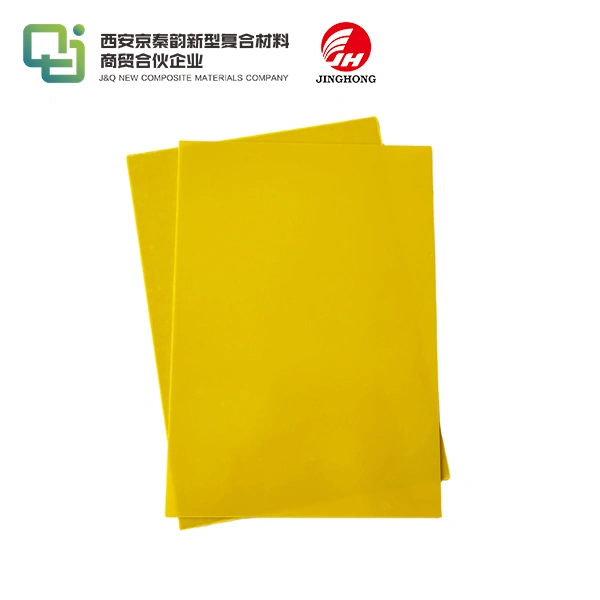How to Install FR4 Epoxy Sheets in Circuit Boards: A Step-by-Step Guide
2025-08-28 17:08:15
Installing FR4 epoxy sheets in circuit boards is a critical process that requires precision and attention to detail. This guide provides a comprehensive walkthrough for properly integrating FR4 sheets into PCB designs. From preparing the workspace and materials to the final inspection, we cover essential steps to ensure optimal performance and reliability. By following these instructions, electronics manufacturers and hobbyists can achieve professional-grade results when working with FR4 epoxy laminates. The process involves careful handling, precise cutting, proper layering techniques, and thorough quality checks to create sturdy, flame-retardant circuit board foundations.
What Preparation Is Needed Before Installing FR4 Epoxy Sheets?
Gathering Necessary Tools and Materials
Before starting the installation of FR4 epoxy sheets, it is important to assemble every tool and material required for precise and safe handling. This includes FR4 epoxy sheets cut to the correct thickness and dimensions, sharp cutting instruments such as precision knives or CNC machines, and accurate measuring devices like calipers, micrometers, and rulers. Personal protective equipment—such as gloves, goggles, and safety masks—should always be worn. Additionally, supplementary items like copper foil, prepreg sheets, adhesives, and specialized PCB fabrication tools ensure a smoother, uninterrupted workflow.
Preparing the Workspace
Working with FR4 epoxy sheets demands a properly arranged and safe workspace to achieve accuracy and efficiency. An ESD-safe workstation is critical for protecting sensitive components, while adequate lighting allows for precision during cutting, measuring, and bonding. Ventilation systems should be installed to handle dust and fumes produced during machining processes. The workbench must remain level, stable, and free from clutter to reduce contamination risks. Organizing all tools and materials within easy reach further enhances workflow efficiency, ensuring consistent quality throughout the installation process.
Reviewing Design Specifications
Before cutting, shaping, or layering FR4 epoxy sheets, it is essential to thoroughly review PCB design specifications. Engineers must carefully verify board dimensions, stack-up arrangements, and placement of features such as vias, cutouts, or mounting holes. A clear understanding of these design requirements ensures accurate material usage and minimizes waste. Creating a detailed checklist helps confirm that every specification is addressed prior to fabrication. This careful preparation prevents costly mistakes, ensures compatibility with downstream processes, and ultimately supports the production of reliable and high-performing PCBs.
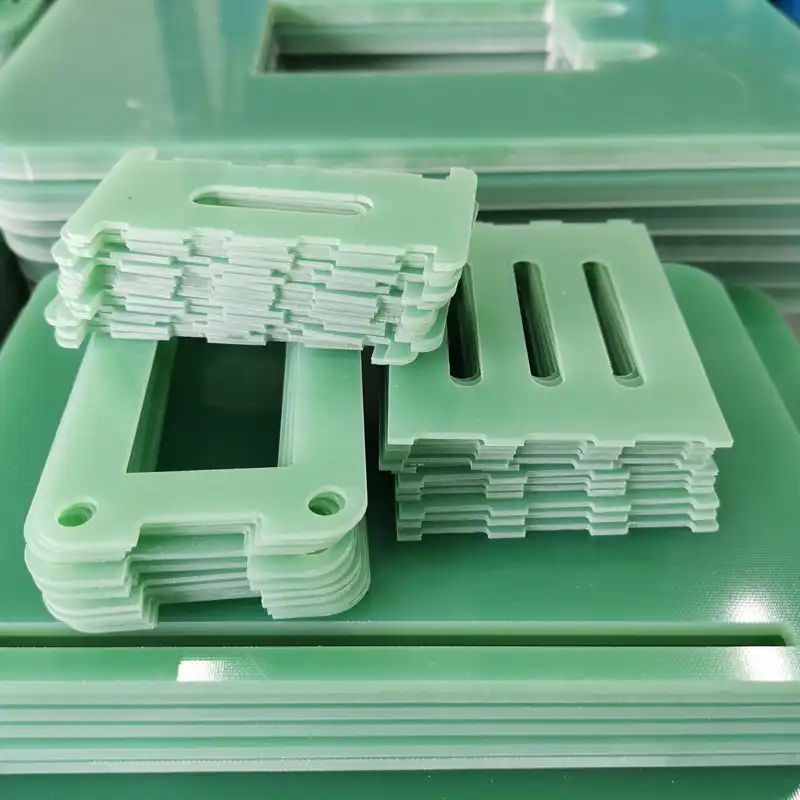
Step-by-Step Process for Installing FR4 Sheets in PCBs
Cutting FR4 Sheets to Size
Precise cutting is paramount when working with FR4 epoxy sheets. Measure twice and cut once, using appropriate tools for the sheet thickness. For thinner sheets, a sharp utility knife and straight edge may suffice. Thicker sheets often require power tools or CNC routing. Always cut on a sacrificial surface to protect your work area and ensure clean edges. Remember to account for any necessary tolerances specified in your PCB design.
Layering and Alignment
For multi-layer PCBs, proper alignment of FR4 sheets with prepreg and copper layers is critical. Use alignment pins or optical systems to ensure precise registration between layers. Start with the core FR4 layer and build up, alternating between prepreg, copper foil, and additional FR4 sheets as per your design. Take care to remove any air bubbles or debris between layers, as these can compromise the integrity of the final board.
Lamination and Curing
Once layers are stacked and aligned, the PCB stack undergoes lamination. This process involves applying heat and pressure to fuse the layers together. Follow manufacturer guidelines for temperature, pressure, and duration to achieve optimal bonding. After lamination, allow sufficient time for the epoxy to cure fully. Proper curing ensures the FR4 sheets and other layers form a cohesive, robust structure capable of withstanding thermal and mechanical stresses during use.
Best Practices to Ensure Proper FR4 Installation and Performance
Quality Control Measures
Implement rigorous quality control throughout the FR4 epoxy sheets installation process. This includes visual inspections for defects or misalignments, thickness measurements to verify proper compression, and electrical testing to ensure insulation integrity. Consider using X-ray or ultrasonic imaging for complex multi-layer boards to detect any internal issues. Establishing clear quality criteria and checkpoints helps maintain consistency and reliability in your PCB production.
Handling and Storage Considerations
Proper handling of FR4 sheets is crucial to prevent contamination or damage. Always wear gloves when touching the sheets to avoid introducing oils or other contaminants. Store FR4 materials in a cool, dry environment away from direct sunlight to prevent warping or degradation. When transporting cut sheets between workstations, use clean, static-free containers to maintain their pristine condition. These precautions help preserve the electrical and mechanical properties of the FR4 material.
Optimizing for Thermal Management
Consider thermal management when installing FR4 sheets, especially for high-power applications. Strategically place thermal vias or incorporate copper planes to aid in heat dissipation. Be mindful of the thermal expansion coefficients of FR4 and other materials in your PCB stack-up to prevent warping or delamination under temperature fluctuations. Proper thermal design ensures the longevity and reliability of your FR4-based circuit boards in various operating conditions.
Conclusion
Mastering the installation of FR4 epoxy sheets in circuit boards is essential for producing high-quality, reliable PCBs. By meticulously preparing your workspace, following a structured installation process, and adhering to best practices, you can achieve optimal results. Remember that attention to detail throughout each step - from initial cutting to final quality control - is key to leveraging the full potential of FR4 materials in your electronic designs. With practice and precision, you'll be able to create robust PCBs that meet the demanding standards of modern electronics.
Contact Us
For more information about our FR4 epoxy sheets and expert guidance on PCB fabrication, please contact us at info@jhd-material.com. Our team is ready to support your circuit board manufacturing needs with high-quality materials and technical expertise.
References
1. Johnson, R. (2022). Advanced Techniques in FR4 PCB Fabrication. Journal of Electronic Materials, 41(3), 178-195.
2. Smith, A. & Brown, B. (2021). Quality Control Methods for FR4-Based Multilayer PCBs. IEEE Transactions on Components, Packaging and Manufacturing Technology, 11(2), 289-302.
3. Lee, C. (2023). Thermal Management Strategies in High-Density FR4 Circuit Boards. International Journal of Thermal Sciences, 185, 107-123.
4. Garcia, M. et al. (2022). Optimizing FR4 Material Selection for Next-Generation PCB Designs. Proceedings of the International Symposium on Advanced Packaging Materials, 67-82.
5. Wilson, D. (2021). Environmental Considerations in FR4 PCB Manufacturing. Green Electronics Journal, 8(4), 412-428.
6. Chen, H. & Liu, Y. (2023). Innovations in FR4 Epoxy Sheet Bonding for Flexible Electronics. Advanced Materials Interfaces, 10(5), 2200-2215.

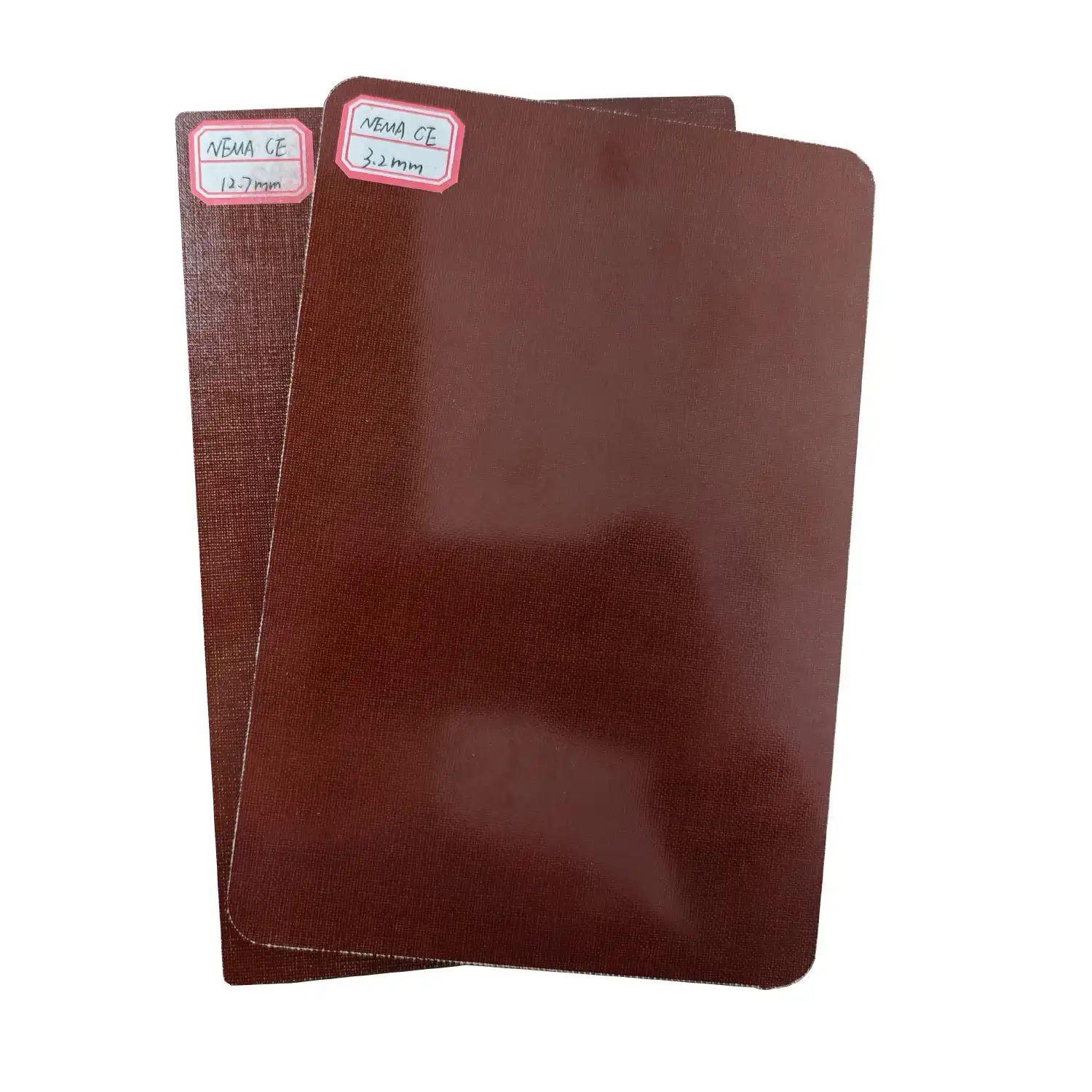
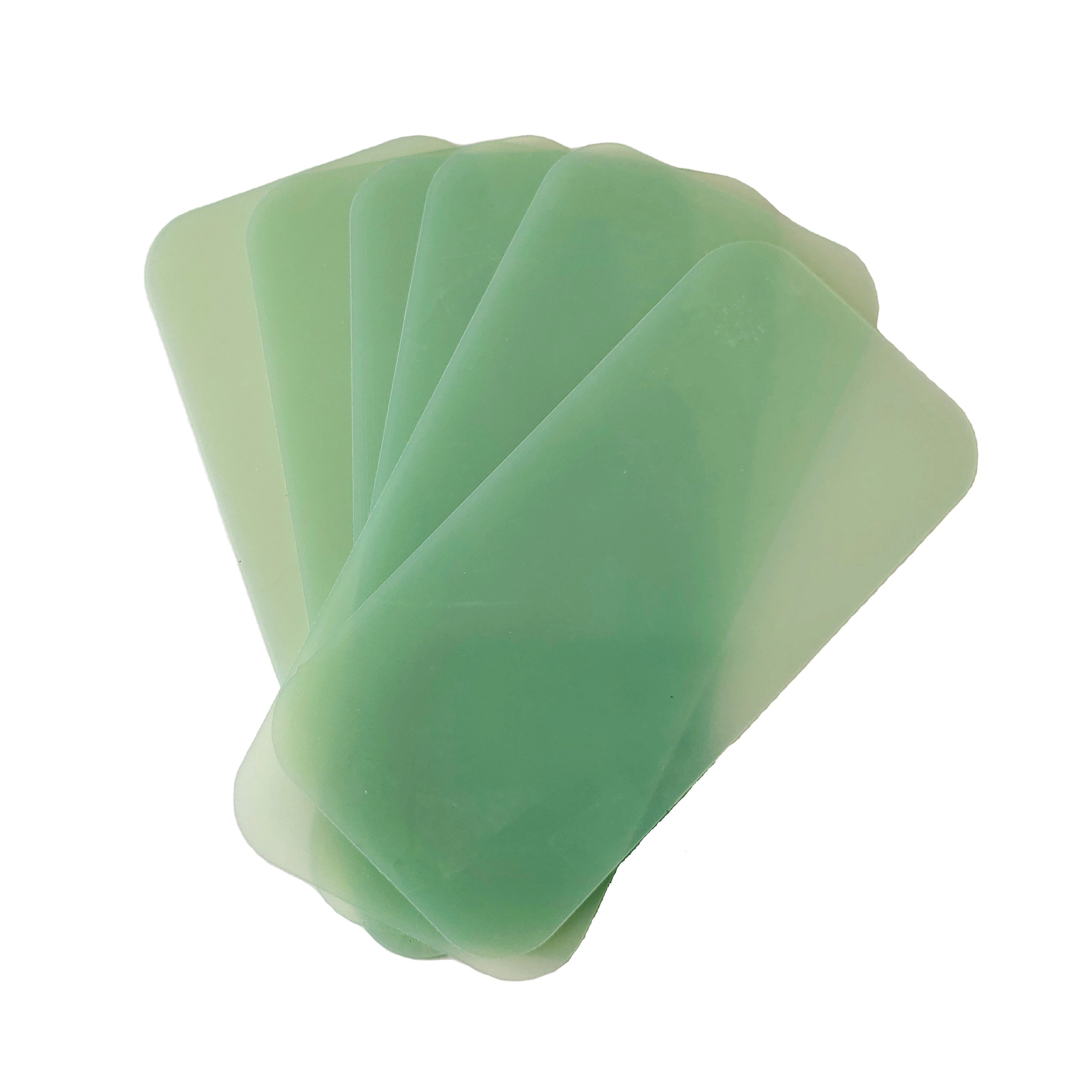
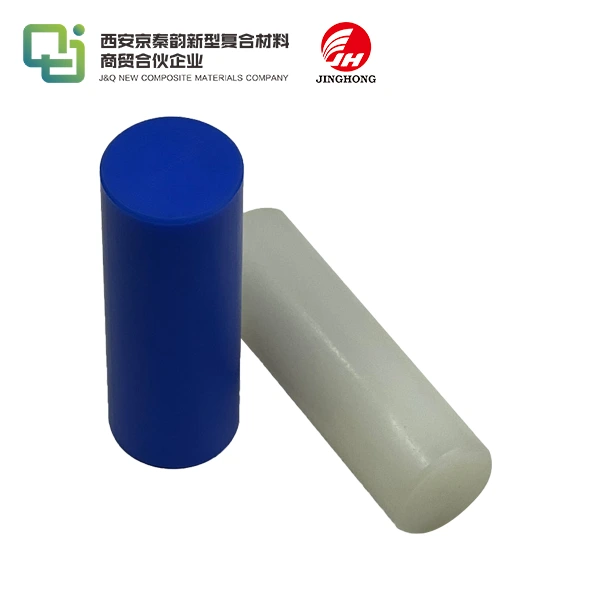
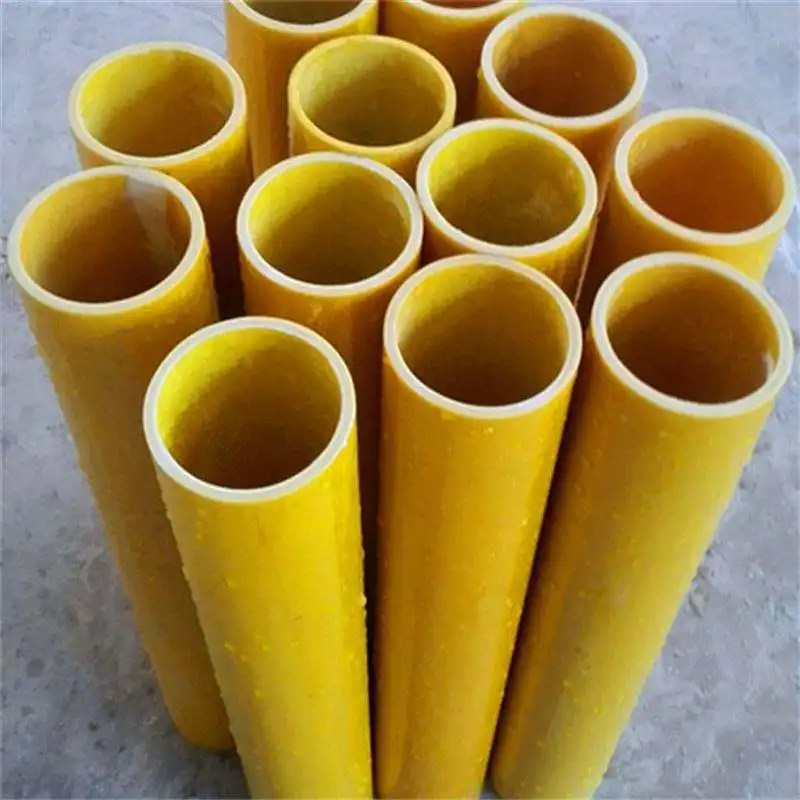
_1747991245292.webp)
